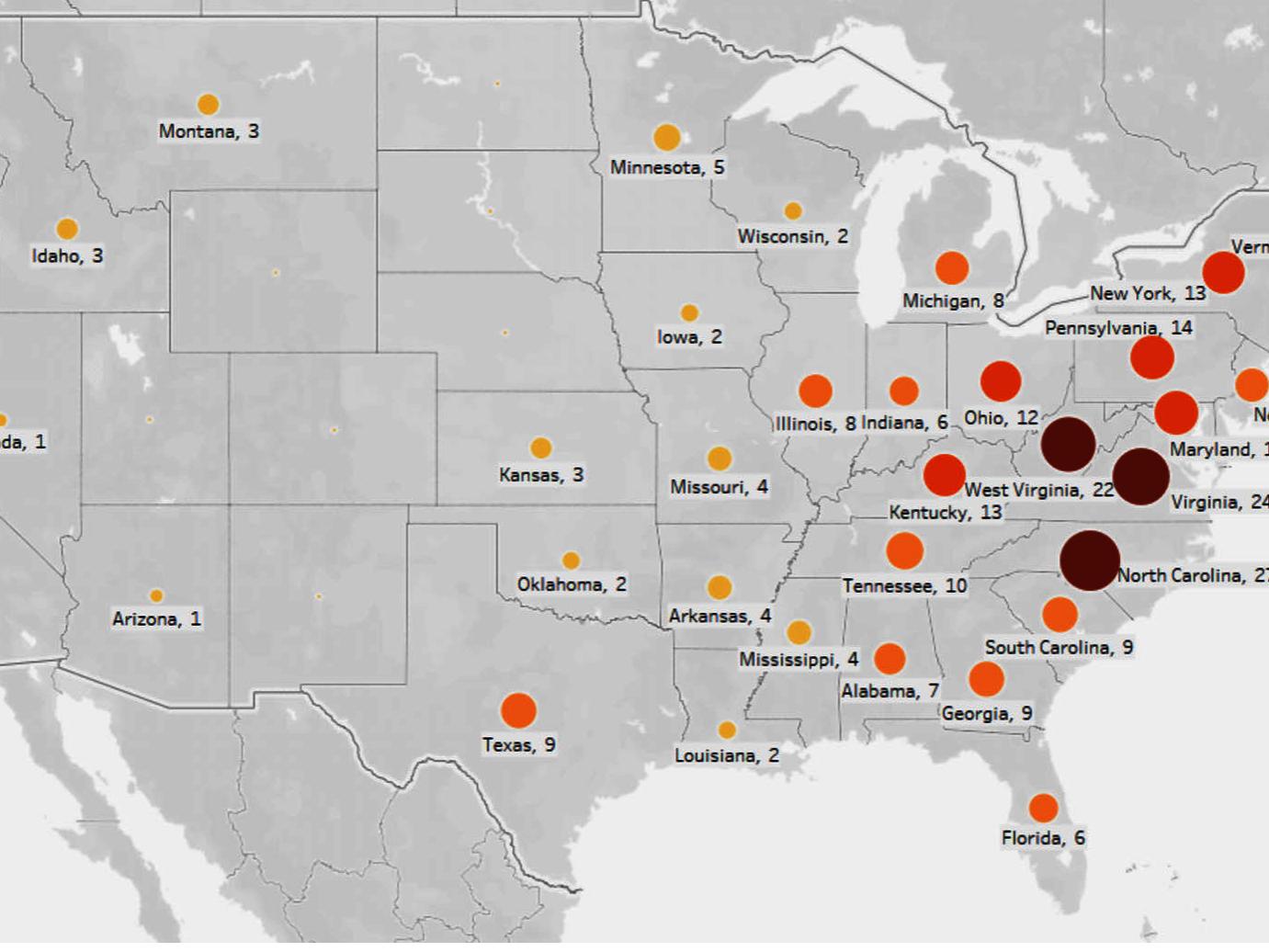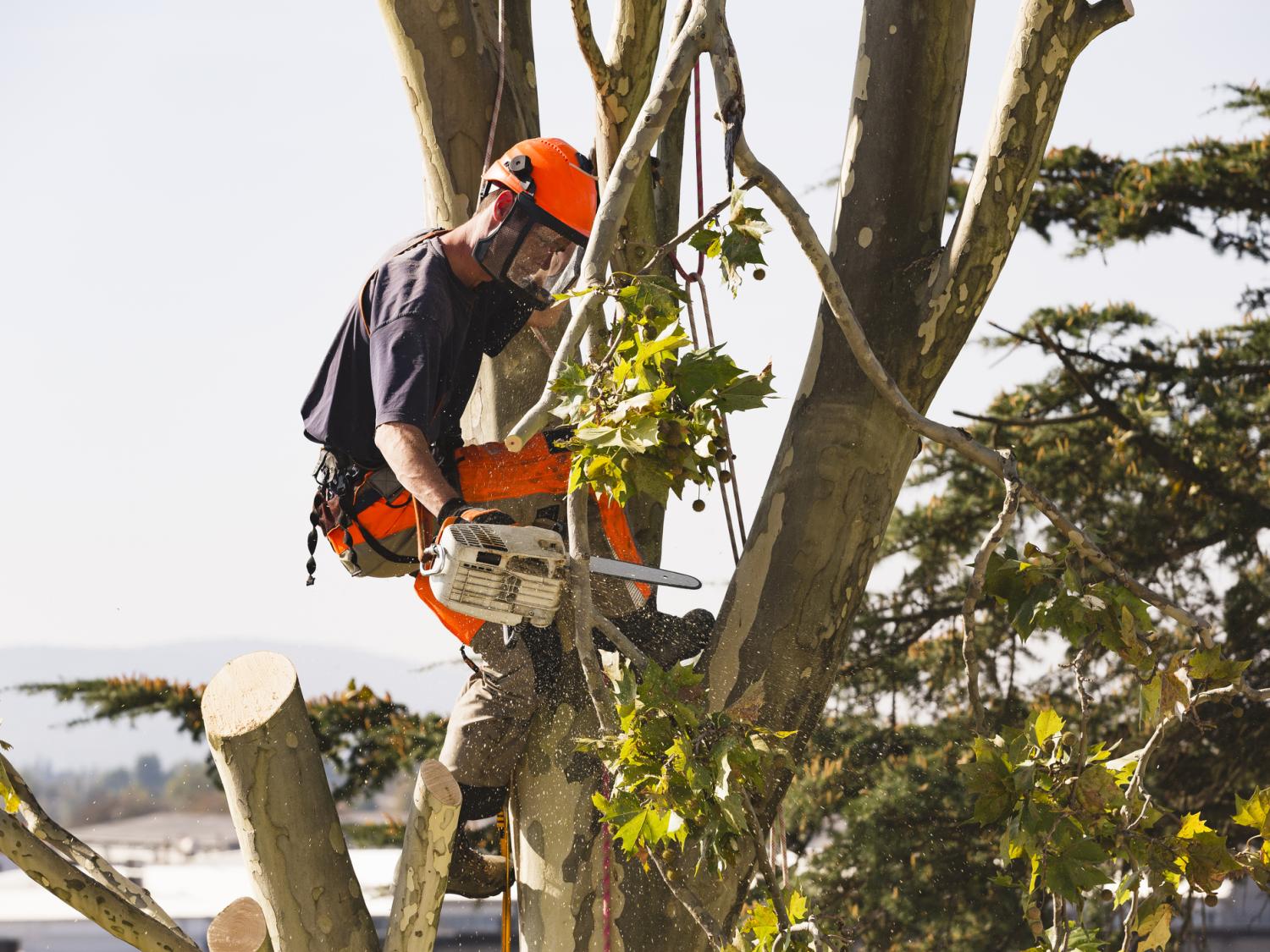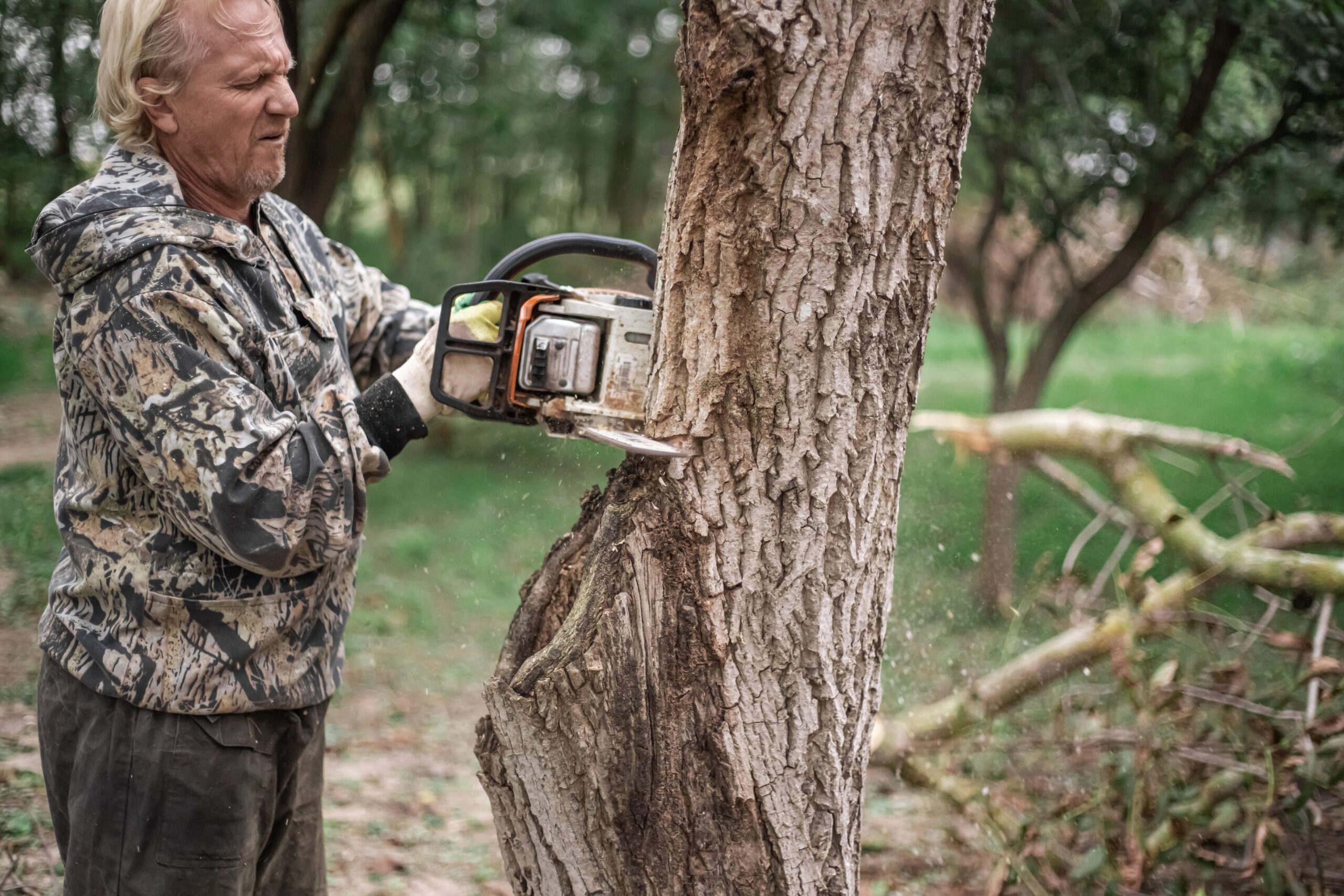Did you know the most dangerous jobs with the most fatalities are professional loggers in a forest setting or by landscapers in urban and rural landscapes?
The Occupational Safety and Health Administration calls logging “the most dangerous occupation in the United States.” The fatal injury rate for loggers is more than 30 times the rate for all U.S. workers. Tree-care workers also encounter hazards at rates much higher than the average employee.
To reach their conclusions, researchers analyzed an Occupational Safety and Health Administration database to identify occupational tree-felling fatalities in the United States during a 10-year period — from 2010 through the first half of 2020. They compared data for the two industry segments of logging and landscaping services.
In findings recently published in the American Journal of Industrial Medicine, the researchers reported that there were 314 fatalities over the period. The victims were overwhelmingly male, with the median age being 43. “Struck-by” was the No. 1 event type causing fatalities, with the head being the most frequent body part involved in fatalities.

This map shows the locations of tree-felling fatalities, 2010–2020. Credit: Penn State. Creative Commons
Falls from elevation was the only event type significantly different between the logging and landscaping industries, Michael noted, adding “but you would expect that, given the nature of the work.” Poor decision-making was listed as a key component of fatal incidents, and in some cases bystanders were fatally injured due to the actions of others.
The number of tree-felling fatalities varied greatly from year to year during the study, and there were no clear trends in fatality rates, Michael pointed out. The reasons for the cyclical rise and fall of tree-felling fatalities are unknown but he suspects they may be driven by weather events. One possible causal factor was whether hurricanes made landfall in the coastal states.
Storm damage may lead to increased fatalities, he explained. Years such as 2012, 2017 and 2018 with abnormally high damage costs from Atlantic storms also saw relatively high numbers of landscaping fatalities that could be associated with storm‐damaged urban trees, while 2014 and 2015 had very quiet hurricane seasons and relatively few fatalities.

Credit: GettyImages Jurkos. All Rights Reserved.
Make sure you’re hiring a verified PRO from WEMULCH.COM to get the JOB done safely! Find a PRO near you at our PRO MAP.
Read the full study HERE
